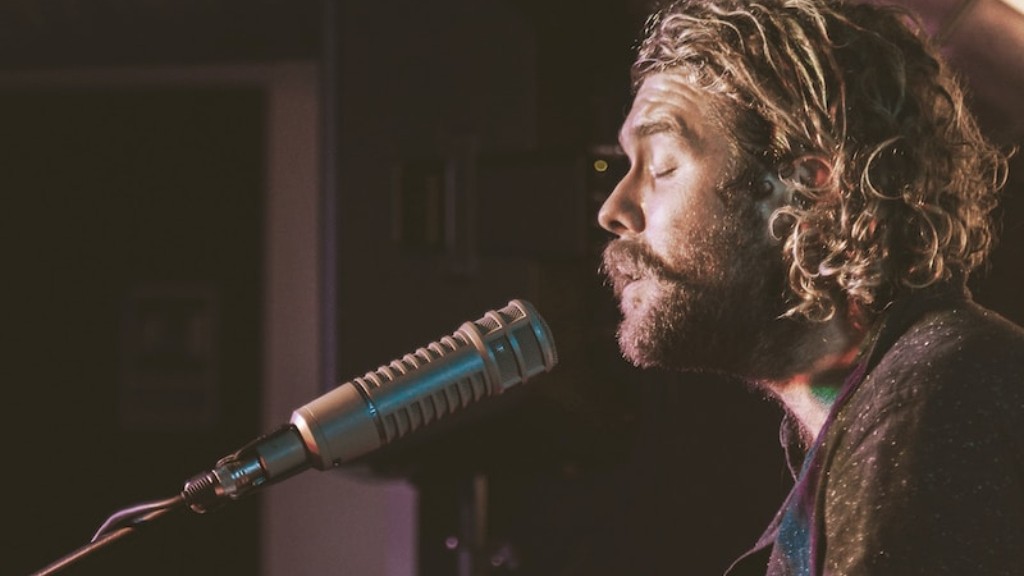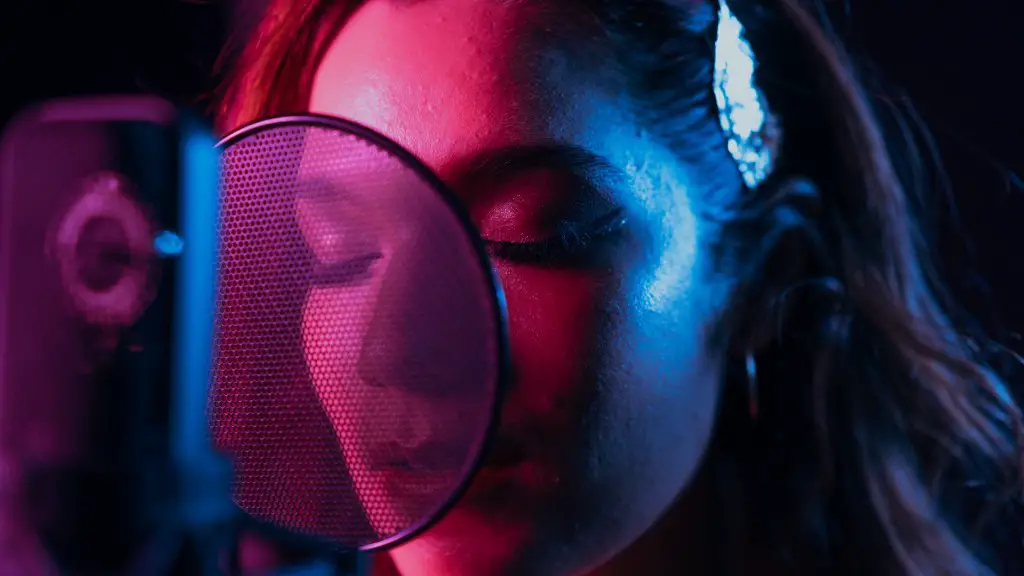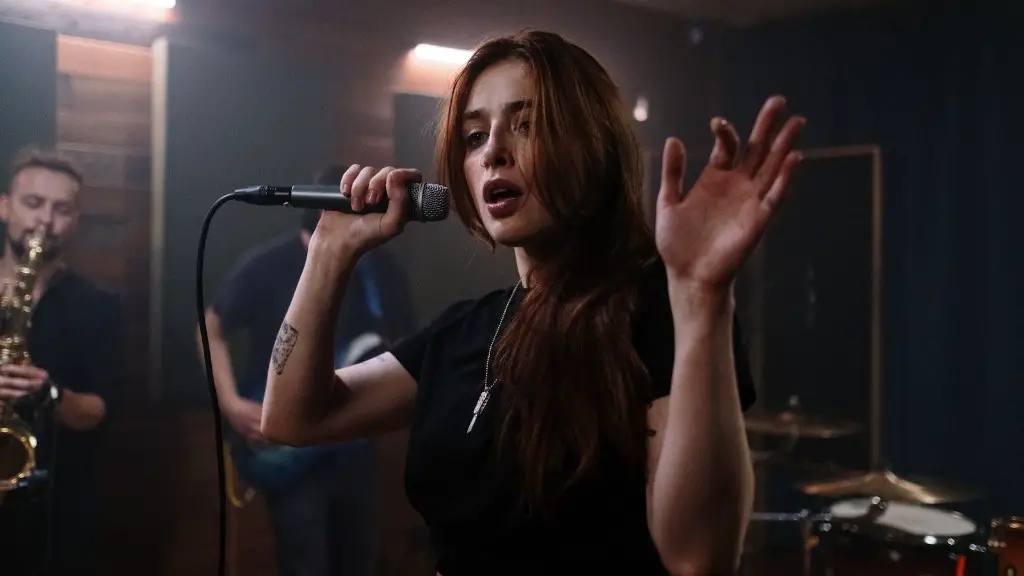Drawing Hot Air Balloon: The Eight Essential Steps
Who wouldn’t be amazed by a hot air balloon? Whether you’re a professional artist or just a beginner, drawing a hot air balloon can be a great way to practice your art skills. You don’t need a lot of supplies to create a hot air balloon either. In just eight basic steps, you can learn how to draw a hot air balloon that you’ll be proud of.
First Step: Shape Outline
To get started on your hot air balloon drawing, begin by sketching the basic shape of your hot air balloon. Start by drawing an oval in the middle of your paper. Add an egg-shaped curve to the tip of the oval to create the balloon’s basket. After you’ve finished the hot air balloon’s outline, make sure you erase any lines that aren’t necessary. This will leave you with a neat and tidy hot air balloon drawing.
Second Step: Add Details
Now that you’ve finished the outline of your hot air balloon, it’s time to add some more details. Start by drawing four vertical stripes along the sides of the balloon. After that, add four horizontal stripes in opposite corners of the balloon. Make sure to draw these lines in an even and symmetrical manner. Now draw the panel lines of the basket by adding vertical lines spaced evenly in the middle of the basket.
Third Step: Color
Time to add some color to your hot air balloon! First, pick the color you want to use for the hot air balloon and its basket. Typically, hot air balloons are colorful, so feel free to get creative here! Using a pencil or a thin marker, draw thin stripes that alternate between your chosen colors. Once you’ve finished, you can either shade the stripes with a darker shade of each color or leave them as is. Either way, your hot air balloon drawing should look great!
Fourth Step: Clouds
What’s a hot air balloon drawing without some clouds? Add some extra dimension to your hot air balloon and draw some clouds floating in the sky. Create a curved line for the bottom of each cloud and a jagged line for the top. If you want, you can add a couple of lines for clouds in the sky. Once you’ve drawn the clouds, lightly shade them with a light grey color.
Fifth Step: Finishing Touches
Finally, add some finishing touches to your hot air balloon drawing. Shade the edges of the basket, the vertical and horizontal stripes, and the panel lines with a dark grey shading. Then draw a thin rope connecting the top of the balloon to the basket and use a light grey color to shade it in. Voila! Your hot air balloon drawing is finished.
Sixth Step: Personalize
To make your hot air balloon drawing extra special, try personalizing it. You can add some extra details such as flags, hearts, stars, or whatever you like to the hot air balloon and the basket. You can even write your name in the basket if you want! Whatever you choose, personalizing your hot air balloon drawing will make it stand out from the crowd.
Seventh Step: Highlight
To make your hot air balloon drawing look extra crisp, try adding a few highlighting touches. Using a light colored pencil or a thin marker, add a few highlights here and there on the balloon and the basket to give it a 3D effect. This will make your hot air balloon drawing look amazing and professional.
Eighth Step: Finalize
Now you’re just one step away from finishing your hot air balloon drawing! Carefully scan over your drawing and make sure everything looks just right. If there are any mistakes, now is your chance to fix it. Once you’re happy with your drawing, sign and date it to make it official and you’re done! Congratulations, you’ve just created your own hot air balloon masterpiece.
Ready To Fly!
So there it is! Now you know how to draw a hot air balloon in just eight easy steps. With practice and creativity, you can create a hot air balloon that looks beautiful and will make anyone who sees it amazed. So grab your supplies, get creative, and start drawing! Don’t be afraid to add your own personal touches to the balloon and basket to make it extra special.


